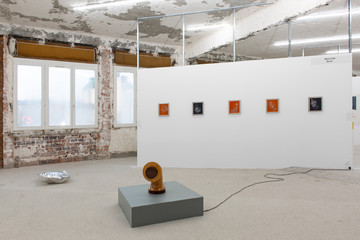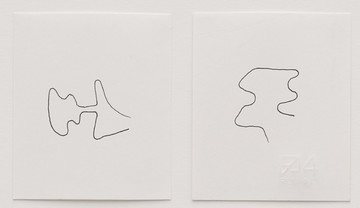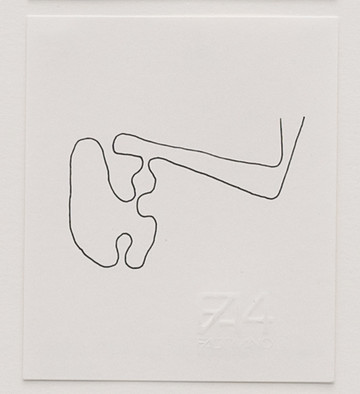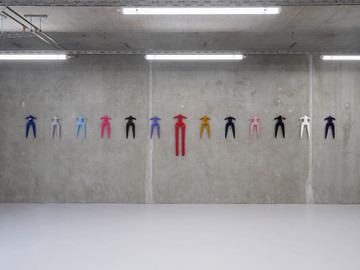
Forever dolls are velvet messengers from hell – embroidered demons – unreliable curse dolls – of love – of warning – of hope – of tormenting desire and regret – medalled with risks and symptoms. in essence they are velvet poems – together they form a chorus – apart each sings its own song.
Penny Goring
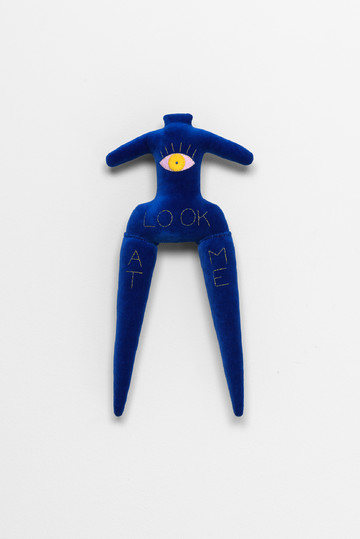
fabric, mixed media 44 x 22 x 10 cm
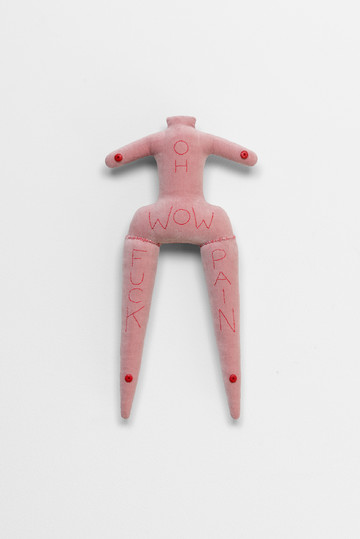
fabric, mixed media 44 x 22 x 10 cm
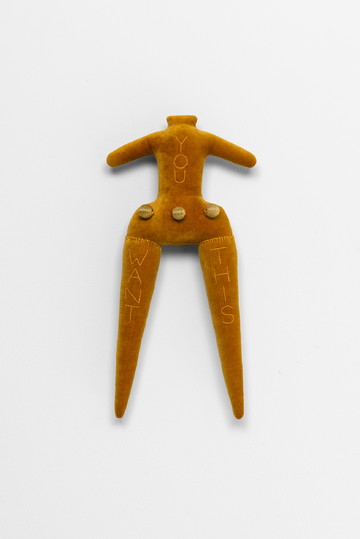
fabric, mixed media 44 x 22 x 10 cm
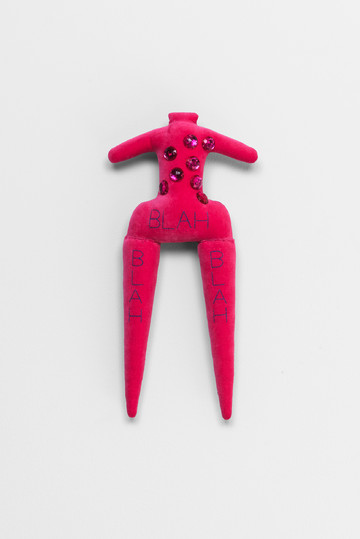
fabric, mixed media 44 x 22 x 10 cm

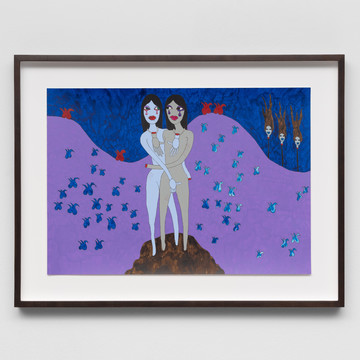
acrylic on paper 39.7 x 51.9 x 3.5 cm (framed)
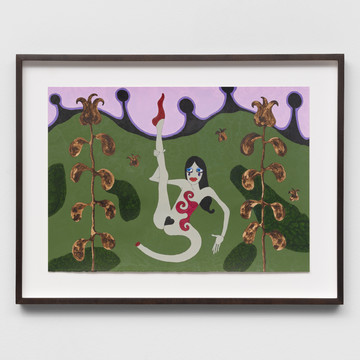
acrylic on paper 39.7 x 51.9 x 3.5 cm (framed)
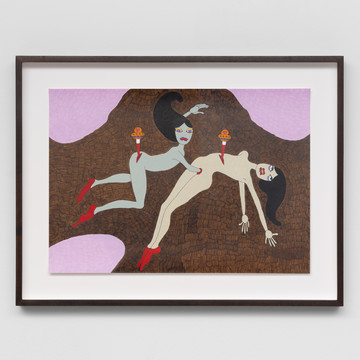
acrylic on paper 39.7 x 51.9 x 3.5 cm (framed)
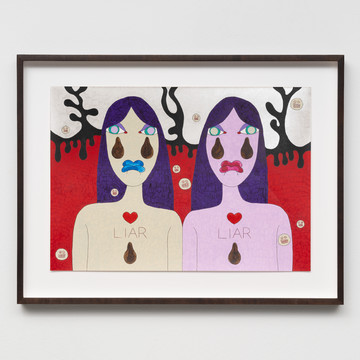
acrylic on paper 39.7 x 51.9 x 3.5 cm (framed)
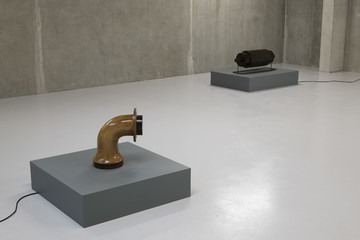
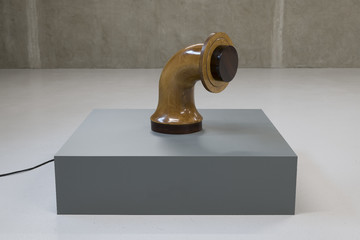
Tonewood, sex toys, electronics
45 x 28 x 40 cm
2/3 + 2AP
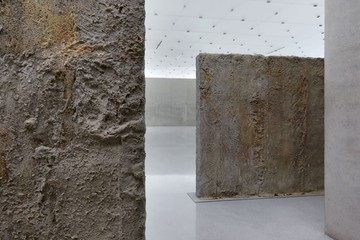
Dora Budor employs the language of “minor” architecture: not making buildings, but instead selectively taking them apart. Her work takes the form of site-specific installations and interventions that engage the metabolisms of buildings and the mechanics of institutions.
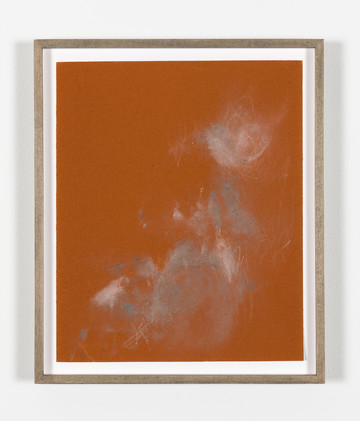
Lexapro (Escitalopram), sandpaper, maple frame, museum glass
31.6 x 26.6 x 3 cm
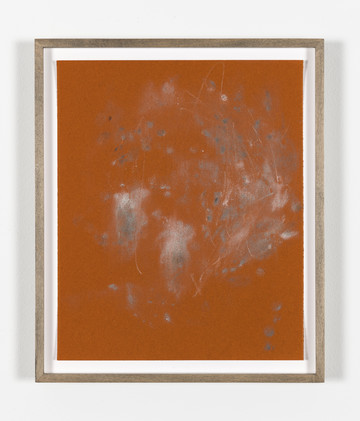
Lexapro (Escitalopram), sandpaper, maple frame, museum glass
12 1/2 x 10 1/2 x 1 1/8 inches / 31.6 x 26.6 x 3 cm
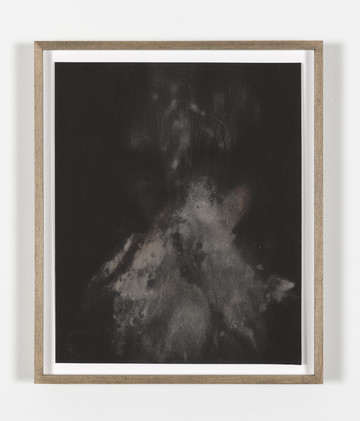
Lexapro (Escitalopram), sandpaper, maple frame, museum glass
31.6 x 26.6 x 3 cm
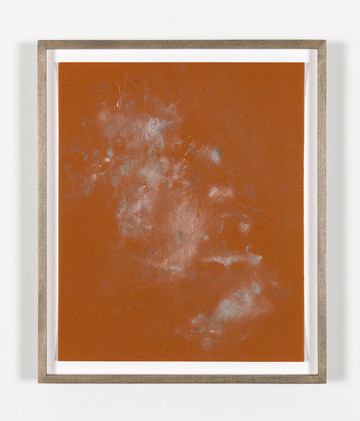
Lexapro (Escitalopram), sandpaper, maple frame, museum glass
31.6 x 26.6 x 3 cm
Used in removing material from a surface, sandpaper is also the carrier of what has been subtracted. Normally discarded when the abrasive layer is worn down or saturated with particles, in Love Streams, sandpaper acts as a recurring background for a series of
frottages. The rubbings were made with escitalopram, a selective serotonin reuptake inhibitor (SSRI) prescribed to the artist in oral form for the treatment of depression and generalized anxiety disorder. What should have been ground by the body has been ground down by
hand, capturing the floor and walls of the artist’s studio through a process of automatic frottage and mark making. The ingestible (and thus invisible) substance is repurposed as a raw material in apparitions that lay bare connections between body, psyche, and biopolitical structures.

Latex, shredded paperwork, water, cement, wood, metal hardware
Right Side: 80 x 357 x 8.6 inches / 204 x 907 x 22 cm Left Side: 79.5 x 159.5 x 9.5 inches / 202 x 405 x 23 cm
Unique
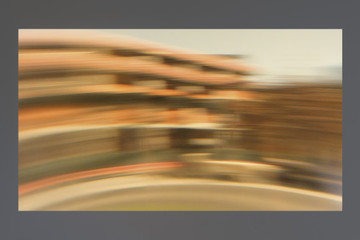
HD video, color, sound, 6 minutes 42 seconds. Ed. 2/3+2AP
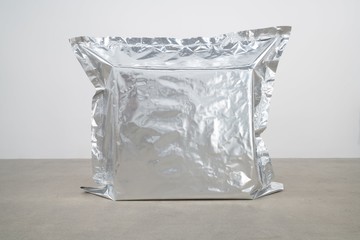
Plexiglas, polyethylene, bubble wrap, cardboard, Marvelseal 81.28 x 111.76 x 30.48 cm
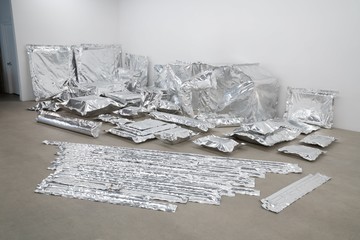
About 15 years ago, Margaret Honda began to think of her sculptures as malleable, resolving that even if something is exhibited as finished, it remains open to change.
For her Marvelseal series (2020-2022), Honda packed and sealed older works in Marvelseal®, an aluminized polyethylene and nylon barrier film, lending them a new form. Reflecting on boundaries between interior and exterior, as well as expectations of visibility, these works operate as seductively shiny, silver reminders that nothing is ever really static.
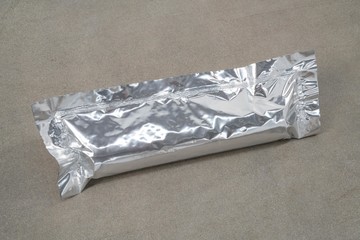
The basic premise of rearranging things—scale, concepts, functions—and a reconsideration of production methods and their protocols undergirds all of Margaret Honda’s work regardless of the medium she deploys.
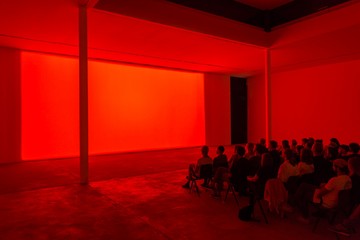
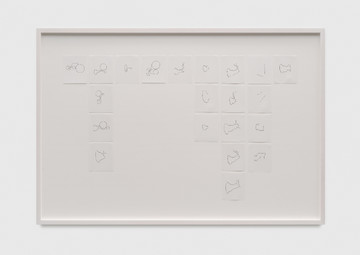
ink on paper 81.28 x 120.65 cm
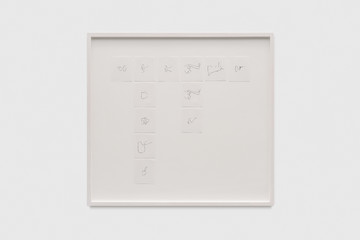
ink on paper 81.28 x 87.3 cm
Margaret Honda’s Film Path drawings show the paths that motion picture film follows as it passes through different cameras, moving from unexposed raw stock to exposed footage. A film path maps the interior space of a camera, a space whose ability to produce visible images requires that it remain invisible while in use.
Honda traced the 63 drawings from the diagrams in the seventh (1993) and tenth (2015) editions of the American Cinematographer Manual. They’re framed in groups following the order in the Manuals: by gauge—35mm, 16mm, and 65mm—and within each gauge the cameras are alphabetical by manufacturer and model; VistaVision and IMAX, as special formats, come last.

